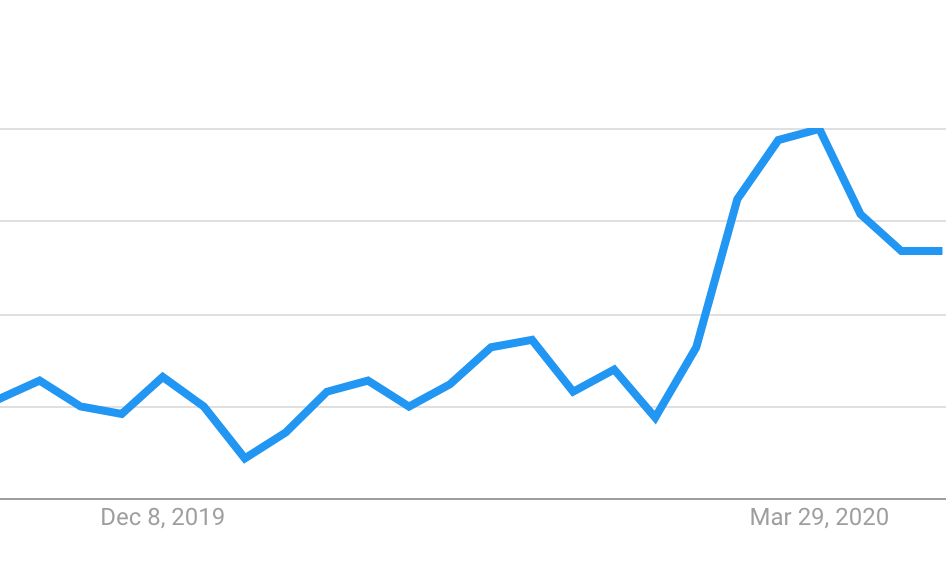Adjective
- (of two or more objects or events) not existing or happening at the same time. (Oxford)

Asynchronous is the word we’re using to describe our current model of teaching and learning at home, where teachers post videos and assignments which students complete as they can and turn in online. In many ways teaching and learning have always had a sizable asynchronous component. Homework is one manifestation of this, but as a teacher I’ve long been making videos and written materials for my students to consume asynchronously – so they have the resources they need to be successful when they are ready to learn.
What has changed during our extended quarantine, then, is not mainly represented by the presence of aynchronous teaching and learning, but rather by the absence of in person instruction.
Next week we will be beginning to add in some synchronous teaching, meeting with our classes online for some time each week. I hope this helps my students, but I fear that what we are missing is not so much synchronous teaching as coincident teaching.
Coincident Teaching
Coincident teaching is very efficient. I teach computer programming, so my examples here are from that discipline, but I taught physics for many years and my experiences were similar. When students are working in my classroom, I can often identify a source of student confusion in a few seconds. I can look at student code and say “what would the output look like if you printed this variable here?” In an hour long class, I might give a ten minute demonstration, interact meaningfully with fifteen students, asking each of them different questions that help clarify material they are struggling with at that moment. Along the way, I’ll learn how things are proceeding with rehearsals for the play, what happened in a few recent athletic contests, and this time of year, admire a few Instagram pictures of prom dresses.
The academic parts of this remembered class are still happening, but much more slowly. I’ve been finding myself providing answers to my students, rather than asking them more questions, to give them a better chance to move forward with the material they are trying learn. I know that the right question would be more helpful, but I can’t be sure my question would be the right one unless I’m there, looking into a pair of student eyes while I ask. So I provide an answer instead, knowing that it might be several days before I learn if it was useful.
What is left
Without the connection, cajoling, and timely questions that come with coincident teaching, all is not lost. Some of my students are making the best of the situation, and learning a great deal. Quiet time for uninterrupted work is clearly in ample supply for some, as evidenced by projects I’ve seen. But either the opportunity or the drive to make lemonade out of these particular lemons is very unevenly distributed.
